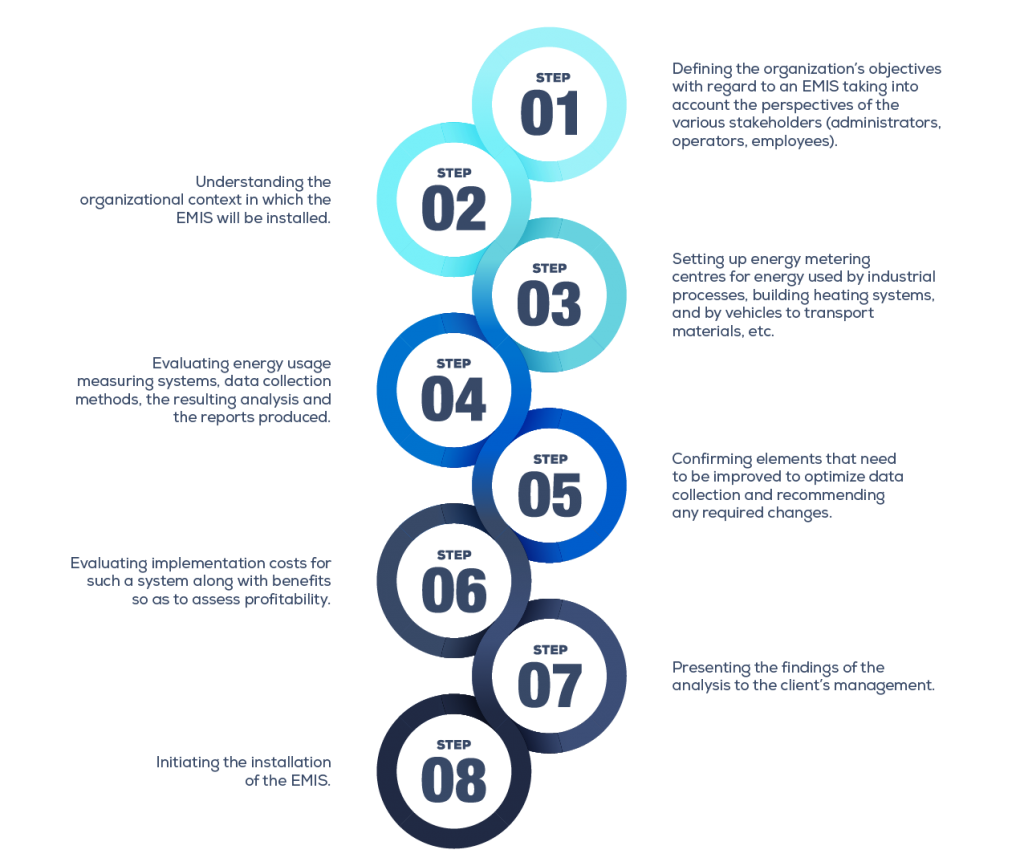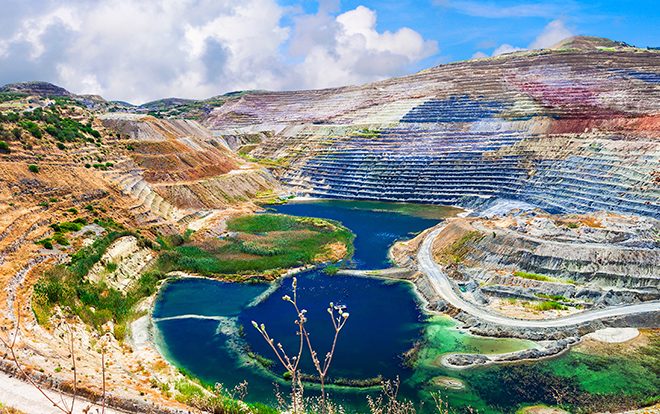Energy Management Information Systems (EMIS)
Media coverage of climate change is increasing and reducing greenhouse gases (GHG) is on the agenda of a majority of governments worldwide. The increase in temperatures observed in the past 30 years is starting to have a significant impact, including an increase in extreme weather events such as hurricanes, changes to the habitats of various species, an increase in sea levels, and the acidification of oceans to name a few. To avoid exacerbating these harmful consequences on ecosystems and the human environment, we need to limit global warming to 1.5°C compared to pre-industrial levels, as decreed in the Paris Agreement. Canada signed on to the agreement in October 2016 and the federal government’s objective is to achieve carbon neutrality by 2050.
Carbon neutrality refers to achieving net-zero carbon dioxide emissions or adopting measures that offset the emissions by capturing carbon dioxide (for example, by planting trees that absorb CO2 from the atmosphere, or preventing the carbon from being released into the atmosphere (via carbon sequestration).
To achieve this, we need to reduce or eliminate the use of fossil fuels in most spheres of human activity: production of goods and services, transportation, residential uses and so forth.
Our clients are fully aware of these concerns and they will lead industries to look more closely at energy management and the feasibility of using other sources of energy than fossil fuels (coal, gasoline, diesel fuel, oil, natural gas). To make informed decisions, companies need to have a thorough understanding of their energy needs and have access to a trusted partner with the required expertise to help them achieve their goals. To manage GHG emissions effectively, companies need to understand the sources of the emissions. For that, they need to put an energy management information system (EMIS) in place to document energy management and enhance their understanding of their energy usage. They will then be in a position to optimize their facilities in terms of consumption and costs. The data collected by an EMIS could for example help the company identify their sources of energy consumption that compare unfavourably with the rest of the industry and hence determine the improvements needed to reduce its costs. The data might also help pinpoint opportunities for replacing sources of fossil fuel consumption with other sources, especially in light of the fact that carbon taxes are expected to increase significantly in the coming years.
Installing an energy management information system is a multi-step process that includes:

Installing an EMIS requires considerable expertise including:
- Process specialists to identify energy usage within the company.
- Instrumentation specialists for setting up the measuring equipment required to store information.
- Artificial intelligence specialists to analyze the data, detect trends and propose system changes so that it can optimize energy consumption.
- Industrial interface specialists to create dashboards and usage reports for managers and process operators.
- Environmental specialists to calculate the impact of the proposed changes on GHG emissions and prepare the documentation needed to obtain environmental authorizations in the event of modifications to industrial processes.
This type of system enables companies to measure their impacts on communities and the planet and may also contribute to a complete digital transformation.
EMIS solutions are an invaluable tool that will help transform our economy, creating a carbon-free, more environmentally responsible society. As we at Norda like to say, “Brown is the new green!”





